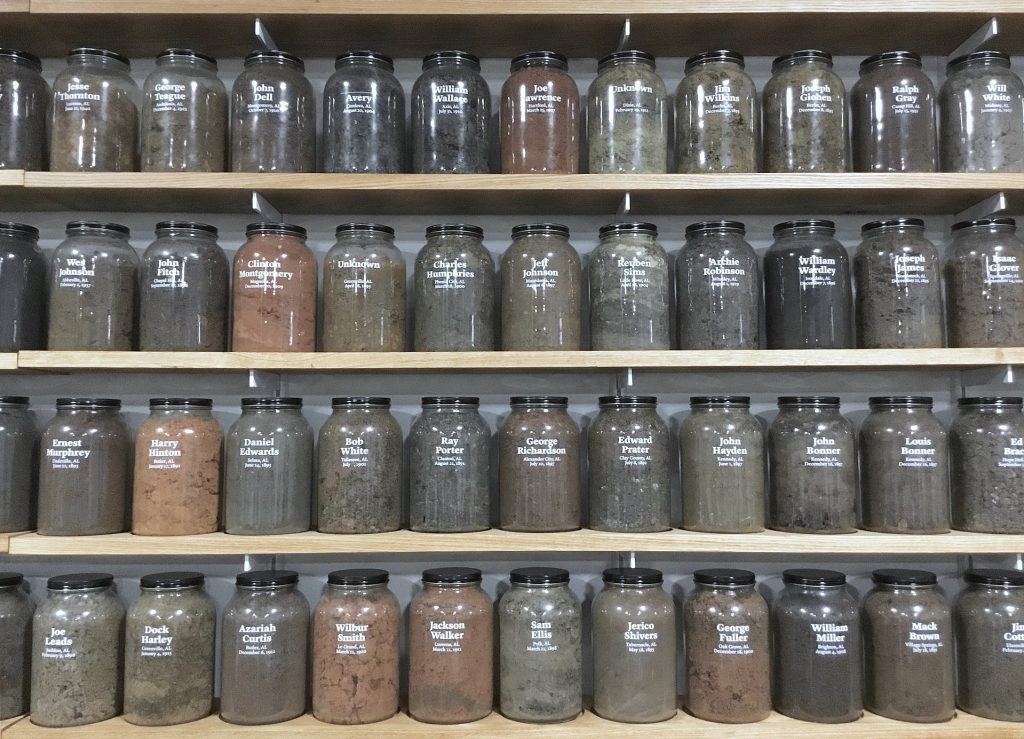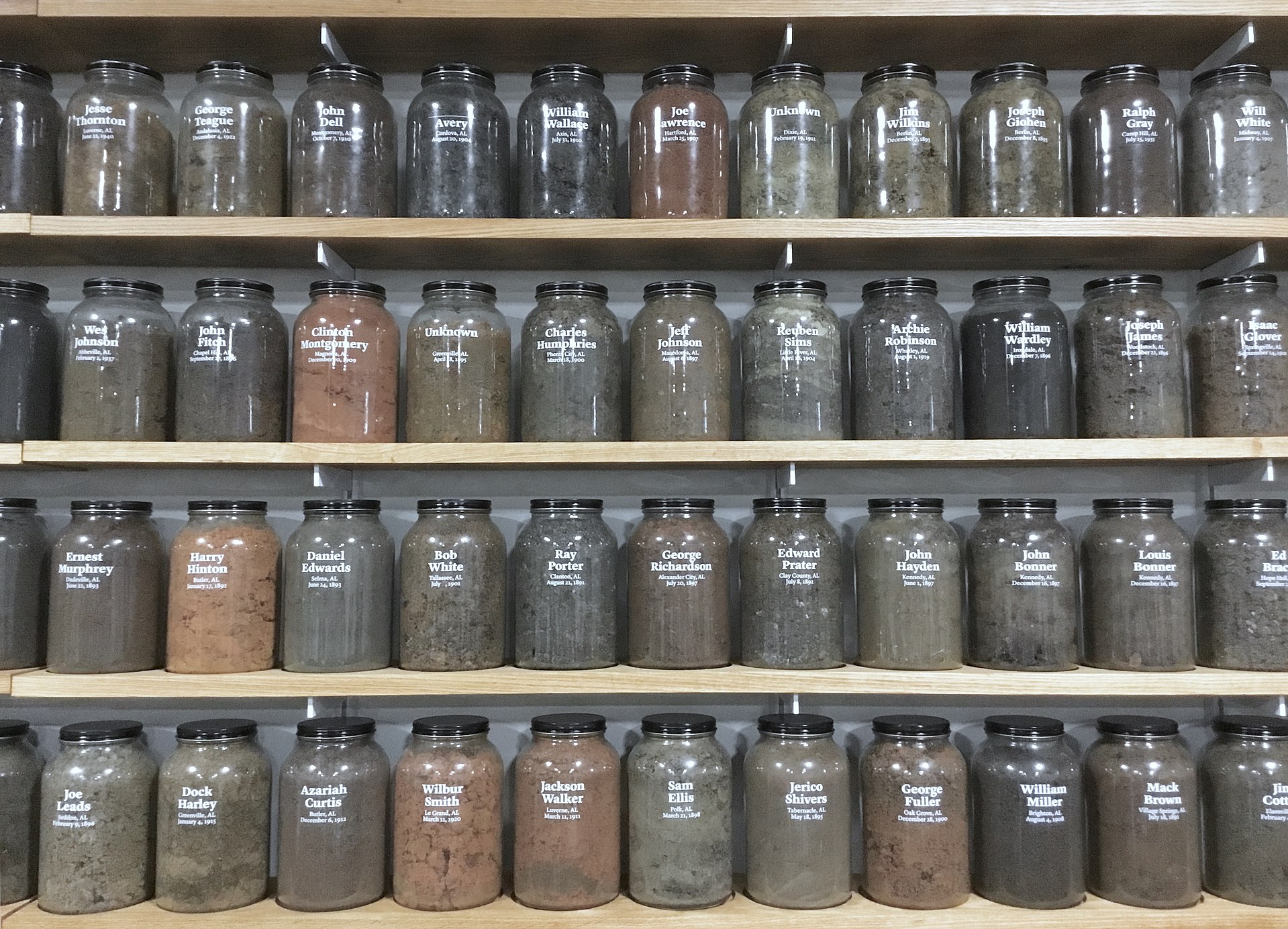
One of the most common and misguided memes I have seen family and Facebook friends sharing lately implies that those wishing to raze confederate and other racist statues are somehow, therefore, wanting and trying to delete history.
Some of the memes challenge the viewer to leave the statues so that we may learn from them and, if we don’t like them, the memes state, then we won’t repeat them. But leaving the statues is repeating the history of upholding racist systems and memorializing what are ongoing threats to black Americans.
History is important. How and where it is presented is also important. History needs context. Let me take an example close to home, The Confederate War Memorial in Cape Girardeau, Missouri. This is a memorial that many people who don’t want to see it probably don’t even notice–as I surmised when I brought it up to a colleague of mine who responded by telling me it didn’t exist.
The memorial was created in 1931 and moved to its location in Central Cape by the court house in 1995. It was, like many of the confederate statues in the South, organized by the United Daughters for the Confederacy.
“Ex-soldiers actually had little to do with placement of the now-familiar marble and cast-iron representations of themselves in parks and courthouse squares across the South, or of the grand equestrian spectacles honoring their leaders. The statues didn’t appear in great numbers for more than 30 years after the war and were the product of a determined effort by the United Daughters of the Confederacy to champion the Lost Cause narrative that Southerners were not rebels or traitors but rather patriots defending states’ rights, as stated in the 10th Amendment. Slavery, they insisted, was a benevolent system, wherein slaveholders imparted Christianity to African ‘savages.'”
-Cox, Karen L. “Roots of a Bitter Legacy.” America’s Civil War 30, no. 6 (January 2018): 26–29. http://search.ebscohost.com/login.aspx?direct=true&db=a9h&AN=139802746&site=ehost-live.
These statues are, therefore, not only showing historical figures, but presenting them in the context of an organization’s desire to change history–deleting the parts they didn’t like to be remembered for. Because don’t imagine for a second that the system of slavery was “benevolent”.
“Despite the Daughters’ current efforts to distance themselves from hate groups, there is no denying the monuments were erected within a context of white supremacy. Given the unabating controversy, communities across the South will have to decide on their own whether to remove or keep the memorials intact.”
-Ibid.
Furthermore, the presence of these statues is a threat. It threatens people of color with its presence, forcing them to acknowledge which actors are being memorialized, and the underlying significance in that. We uphold the dignity and memory of the oppressors in marble finery, but not that of the oppressed?
Confront yourself. Why are you interested, as many white people in the Southern States where these monuments live are, in upholding the honor of the soldiers who died and fought for the confederacy–but don’t want to recognize the horrors the confederacy upheld on a daily basis? Where is your monument to that part of history at the center of your town?
So many of these monuments to confederate honor are centrally located in our cities, such as one dedicated “rank and file of the Armies of the South” which was moved to a more prominent location in Louisville, Kentucky in 1954, the year of Brown v. Board of Education. (pg. 3, Bray, Zachary “Monuments of Folly: How Local Governments Can Challenge Confederate ‘Statue Statutes.’” Temple Law Review 91, no. 1 (Fall 2018): 1–54. http://search.ebscohost.com/login.aspx?direct=true&db=ofm&AN=133821534&site=ehost-live .)
Coincidence?
Hardly.
“If we are prepared to face what those statues really are, perhaps we can more capably tackle the question of why appeals to prejudice still resonate so strongly, and why so many people eagerly voted for a presidential candidate who made bigotry the central plank of his campaign.
“Americans find it difficult to deal with such questions in part because we are not ready to own the full weight of our history — much of which is noble and beautiful, but some of which is sickeningly ugly. And we certainly are loath to seriously contemplate how much that history still shapes who we are today.”
-Ellis Cose. “Keep Statues to Teach Horrors.” USA Today. Accessed June 15, 2020. http://search.ebscohost.com/login.aspx?direct=true&db=ulh&AN=J0E202369731517&site=ehost-live.
What do I think?
Statues like the one in Cape Girardeau need to be removed. You may place them or their likenesses in a museum, with proper context as to their racist legacy. I have seen similar presentations in the beautiful World War II Museum in New Orleans. Racist propaganda posters depicting Japanese peoples as distorted animals were on display–with lengthy narratives and context explaining their place in history, their function as a propaganda tool to make humans of a different culture and race for us seem inhuman in order to justify/encourage their killing, and displays on Japanese internment camps, etc.
“…their monuments and memorials stand today as testaments to the UDC’s achievements as authorities of collective memory.”
-Heyse, Amy. 2010. “Women’s Rhetorical Authority and Collective Memory: The United Daughters of the Confederacy Remember the South.” Women & Language 33 (2): 31–53. http://search.ebscohost.com/login.aspx?direct=true&db=a9h&AN=57315499&site=ehost-live.

What would be really great?
Blake and I were lucky to be able to visit the National Memorial for Peace and Justice and the Legacy Museum located in Montgomery, Alabama last summer. The museum was a beautiful, innovative & experiential, and highly informative experience. I particularly recall a centralized collection of large jars of various colored earth, dug from the sites of lynchings across the country. Some of them were dark and moist, others red and bone dry. Several grew small plants, roots fresh with pain and hopeful leaves that didn’t know they were now growing indoors.

Bill Sutton – Lynched in Alabama eji, Montgomery
Part of the Equal Justice Initiative memorial to those persons who were lynched in Alabama because of their color. A museum is being built in Montgomery to tell the story of injustice and terror endured by people of color during long struggle from slavery till today.
This image, source linked, doesn’t do it justice. The jars glowed under the hot lights, surrounded by a dark and quiet room, reverent. I was intensely aware of the inappropriateness of the toy my 4 year old son had happened to bring into the museum with him: a plastic police car. The museum signage requested silence in respect, but an over tired 3 year old is wild and loud. We took turns holding him and reading as much as we could. There were holograms of slaves, Reconstruction, and Jim Crow era Blacks, speaking to us from jail cells, phones in booths you could pick up and hear the stories of incarcerated humans, and eloquent works of art, littered with bullet holes.
We walked next to the memorial. A large, hot Alabama summer lawn led up to a serpentine, shady walkway, hung with massive industrial tomb-like plaques for each county in each state where lynchings have occurred, with names, where known. The walkway ended down low, by a cool and moist row of built in benches up against a waterfall. When you burst out into the sunlight on the other side, a replica of each sculpture lay in the grass, like the above ground plots in a New Orleans cemetery. Each of the counties from across the USA that they represent may claim this monument if they prove enough positive action toward Peace and Justice to deserve it. And we have a lot of work to do.
Wouldn’t it be great if our misguided confederate memorial could be replaced by a symbol of hope and change? A bit of history in its proper place–encouraging us to be better humans, together, as we erect a beacon of what our community is and can be.
Why Am I Writing This?
Well, I commented on some of these memes shared by those I follow on Facebook. It seems that sometimes the posts were just deleted rather than responding to my comments.
So here is a meme not meant to be shared. This meme would prefer that you to go and do some research and spend some time thinking.
Don’t feel attacked by the removal of these monuments. Trust me, no one is going to forget any time soon, or any time ever, that my ancestors owned other people’s ancestors and fought tooth and nail to maintain that system. That my ancestors’ daughters tried to put a fresh coat of hero paint on all that mess. And then some of their great granddaughters, like me, are taking a hard look at history in a context of love for their fellow humans–recognizing their own culpability, and speaking out.

